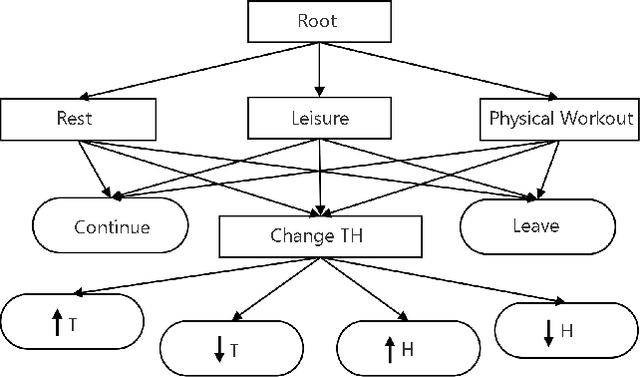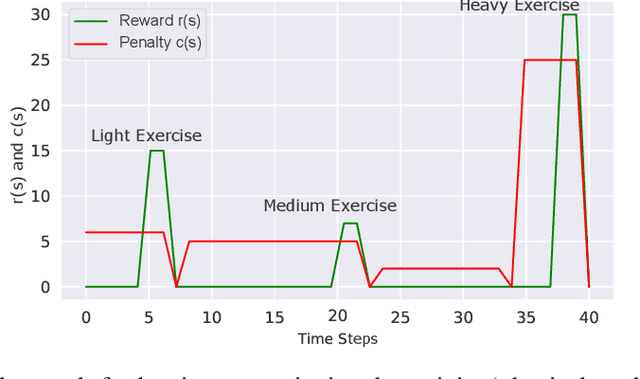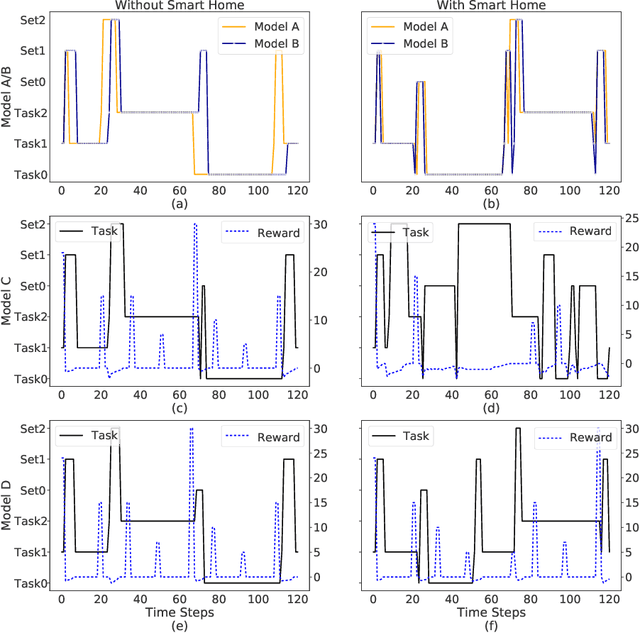Potential Impacts of Smart Homes on Human Behavior: A Reinforcement Learning Approach
Paper and Code
Mar 16, 2021



We aim to investigate the potential impacts of smart homes on human behavior. To this end, we simulate a series of human models capable of performing various activities inside a reinforcement learning-based smart home. We then investigate the possibility of human behavior being altered as a result of the smart home and the human model adapting to one-another. We design a semi-Markov decision process human task interleaving model based on hierarchical reinforcement learning that learns to make decisions to either pursue or leave an activity. We then integrate our human model in the smart home which is based on Q-learning. We show that a smart home trained on a generic human model is able to anticipate and learn the thermal preferences of human models with intrinsic rewards similar to the generic model. The hierarchical human model learns to complete each activity and set optimal thermal settings for maximum comfort. With the smart home, the number of time steps required to change the thermal settings are reduced for the human models. Interestingly, we observe that small variations in the human model reward structures can lead to the opposite behavior in the form of unexpected switching between activities which signals changes in human behavior due to the presence of the smart home.
 Add to Chrome
Add to Chrome Add to Firefox
Add to Firefox Add to Edge
Add to Edge